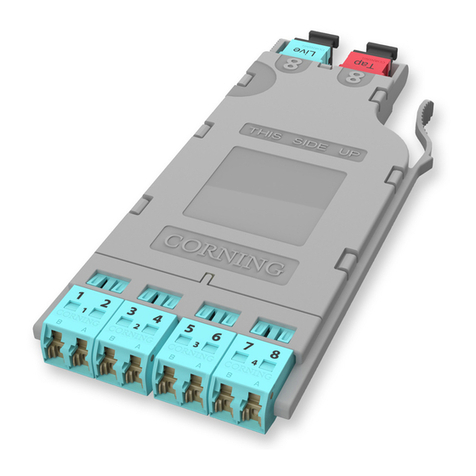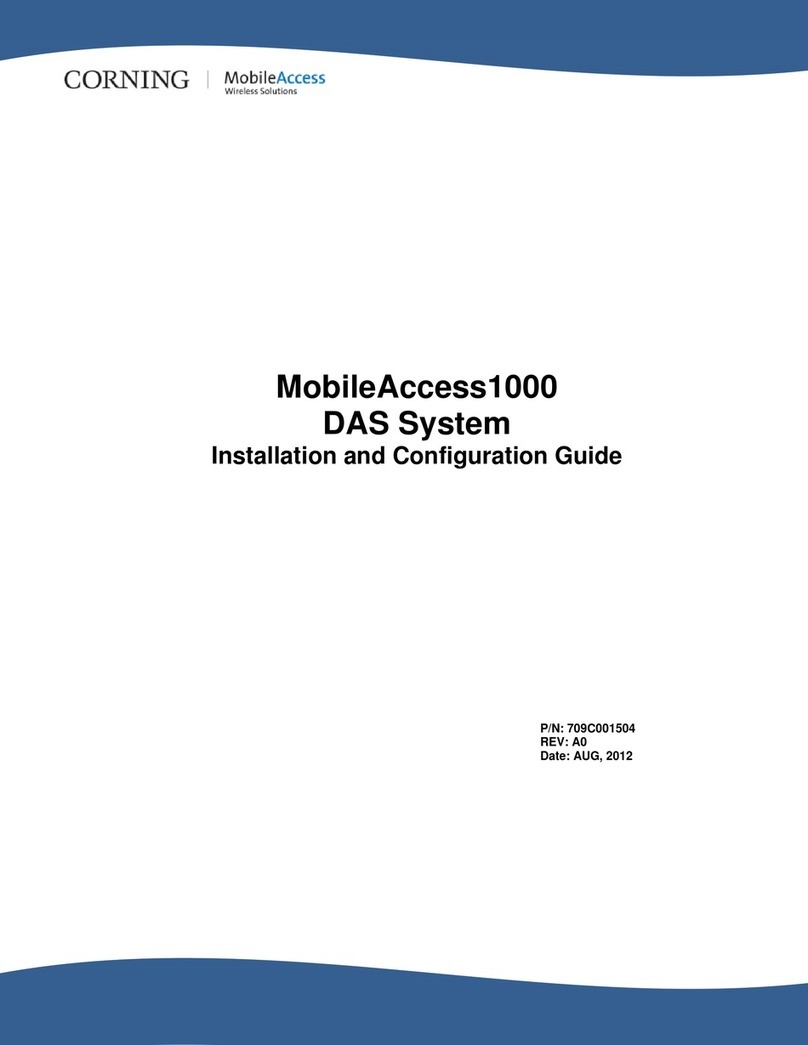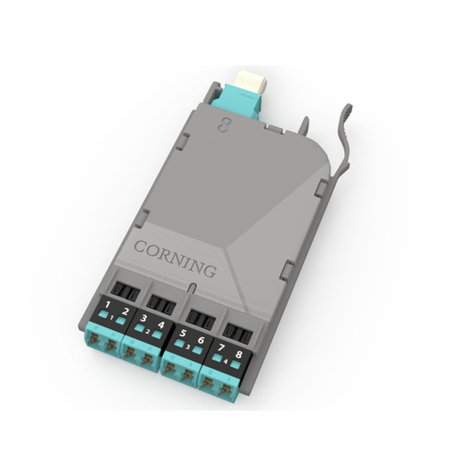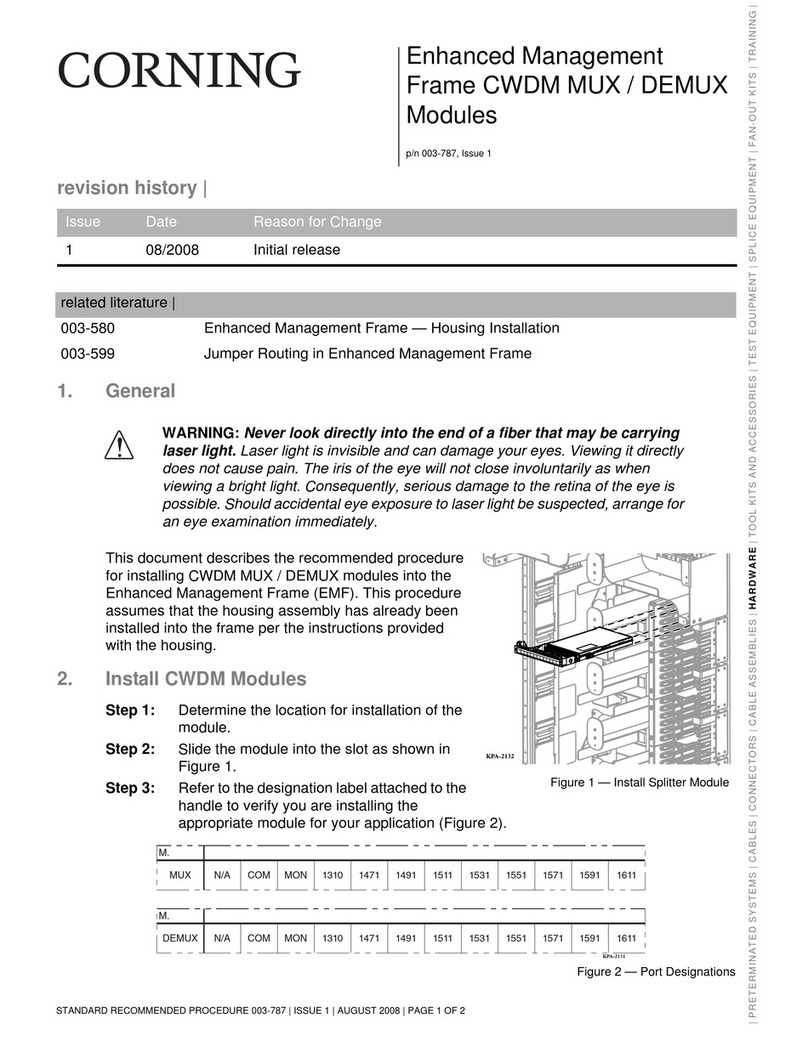
Standard Recommended Procedure 003-794-AEN | Issue 14 | March 2020 | Page 1 of 27
EDGE™ Solution
Table of Contents
1. General.................................................................................................. 2
2. Carton Contents.......................................................................................... 2
3. Tools and Materials Required .............................................................................. 2
3.1 Tools .............................................................................................. 2
3.2 Materials .......................................................................................... 2
4. Installation .............................................................................................. 3
4.1 Rack or Frame Mounting............................................................................ 3
4.2 Install Trunk Cables................................................................................. 3
4.2.1 Trunk Cable Placement with the Pulling Grip ..................................................5
4.2.2 Pulling Grip Removal ....................................................................... 6
4.3 (OPTIONAL) Install CDF Bracket .......................................................................7
4.4 Install Trunk Cables from Either Side of the Housing................................................... 8
4.4.1 Installing Trunk Cable Using Keyhole Cradle .................................................. 8
4.4.2 Installing Trunk Cable with Keyhole Adapter.................................................. 9
4.5 Install Trunk Cables from Rear of Housing....................................................................10
4.6 (OPTIONAL) Remove Housing Trunk Plate .....................................................................11
4.7 Install EDGE™ Modules......................................................................................12
4.7.1 Into EDGE-01U-SP, EDGE-02U and EDGE-04U Housings .............................................12
4.7.2 Into EDGE-01U Housing ............................................................................13
4.7.3 Connect Jumpers to EDGE™ Modules...............................................................14
4.8 Install MTP®Adapter Panels .........................................................................15
4.8.1 Connecting MTP Trunk Cable to Rear of MTP Adapter Panel —Initial Mating .................. 16
4.8.2 Connecting Harnesses, MTP Jumper, MTP Conversion Harnesses or
Extender Trunk to the Front of MTP Adapter Panels —Initial Mating ...........................18
5. Recordkeeping .......................................................................................... 19
5.1 Hardware Labeling ................................................................................ 19
5.2 Cable/Jumper Labeling ............................................................................ 23
6. Troubleshooting and Maintenance........................................................................24
6.1 Testing ........................................................................................... 24
6.2 Replace EDGE™ Module............................................................................ 25
6.3 Remove Trunk Cable ...............................................................................26
6.3.1 Cable in Keyhole Cradle....................................................................26
6.4 Changing the Polarity of an LC Uniboot Connector ...................................................26
6.5 Changing the Polarity of an MTP Adapter and Connector ............................................. 27
6.6 Connector Care and Cleaning —Post Initial Mating .................................................. 27
related literature | Search www.corning.com/opcomm. Click on “Resources.”
003-888-AEN EDGE™ Solution with 1U/2U/4U Fixed Trays
000-276-AEN EDGE Secure Solutions FTTD Module
003-825-AEN EDGE and EDGE8®Fiber Zone Boxes
003-892-AEN EDGE and EDGE8 Solution Single Module Housing
003-1049-AEN EDGE Solution Single Module Housing for Splicing
000-274-AEN EDGE Splice Cassette/EDGE Field-Terminated Cassette
003-885-AEN EDGE Solution Modules in an Enhanced Management Frame
006-407-QSG-AEN Field Tool for MTP® PRO Connectors Quick Start Guide
003-991-AEN EDGE Port Replication Housing
pp/n 003-794-AEN, Issue 14

































